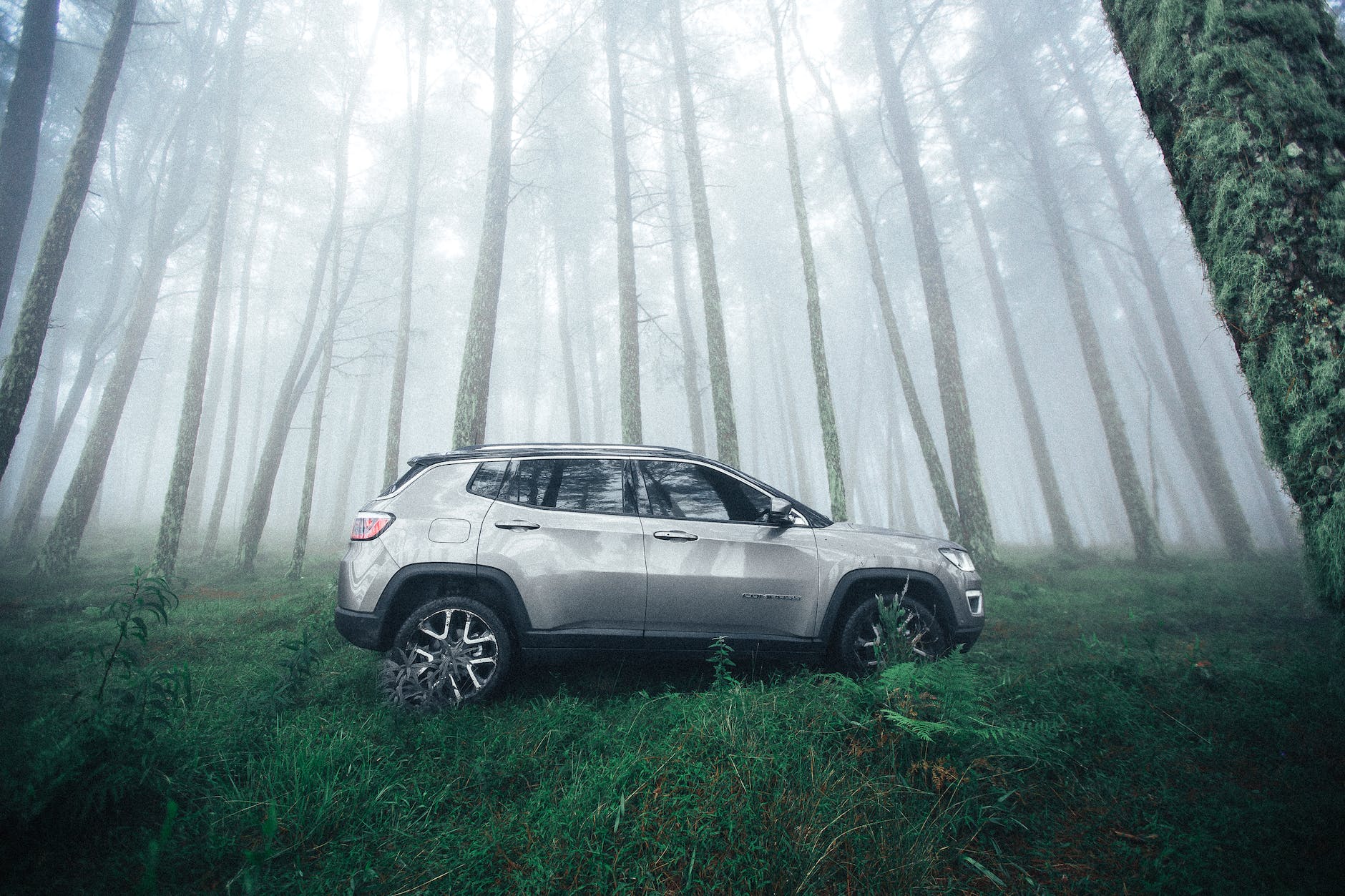
Photo by JULIO NERY on <a href="https://www.pexels.com/photo/grey-sport-utility-vehicle-1687147/" rel="nofollow">Pexels.com</a>
For many, the allure of a new car with its pristine condition and that distinctive “new car smell” is hard to resist. However, the practicality and financial benefits of buying a used car are increasingly convincing more people to explore the world of pre-owned vehicles. To make the process of buying a used car a smooth and successful experience, this quick and comprehensive guide might serve as an indispensable tool.
1. Set a Budget
The first step in buying a used car is to set a budget. Take into account factors like down payment, financing options, and additional costs such as taxes, registration, and insurance. By establishing a firm budget, you will only look for vehicles that fit within your price range.
2. Research and Vehicle Selection
Conduct thorough research on different makes and models that align with your preferences and needs. Consider fuel efficiency, safety ratings, reliability, and maintenance costs. Online resources, reviews, and consumer reports should be examined for any new purchase, but they can be beneficial in showing the performance and reputation of various used car models. Narrow your choices to a few select vehicles that best suit your requirements.
3. Vehicle History Report
Before making any commitments, obtain a vehicle history report for each used car you are considering. This report will provide information about the vehicle’s past, including any accidents, title issues, odometer discrepancies, and maintenance records. A clean history report instills confidence in the car’s condition and can help you avoid potential headaches down the road.
4. Inspection and Test Drive
When buying a used car, it is essential to have it thoroughly inspected by a trusted mechanic. A mechanic can identify any existing problems that might be hard to spot superficially. Additionally, schedule a test drive to get a feel for the car’s handling, comfort, and overall condition. Pay attention to how it drives, brakes, and responds to various road conditions. This why you should narrow your search to areas local to you, such as used cars Wigan.
5. Purchase Options
Consider the various purchase options available for buying a used car. You can choose to buy from a private seller, a used car dealership, or through certified pre-owned programs offered by manufacturers. Each option has its advantages and potential drawbacks. Private sellers may offer lower prices, but they might not provide warranties or guarantees. Dealerships, on the other hand, often offer more comprehensive support and additional benefits.
6. Negotiate the Price
Once you have selected a used car and completed the inspection and test drive, it’s time to negotiate the price. Research the fair market value of the specific make and model to ensure you are getting a reasonable deal. Be prepared to haggle, and don’t be afraid to walk away if the price doesn’t meet your budget or expectations.
7. Finalize the Purchase
Before finalizing the purchase, review all relevant paperwork, including the vehicle’s title, registration, and any warranty information. Ensure that the seller has provided all necessary documents and that there are no outstanding liens or loans on the car. Once all paperwork is in order, complete the necessary legal and financial transactions.
In conclusion, buying a used car can be a rewarding experience when approached with careful planning and research. By setting a budget, conducting thorough research, obtaining vehicle history reports, inspecting and test driving the car, exploring various purchase options, negotiating the price, and finalizing the purchase diligently, prospective buyers can confidently drive off in a reliable and well-suited pre-owned vehicle. The quick guide to buying used cars serves as a roadmap to make this process efficient, smooth, and ultimately fulfilling.
